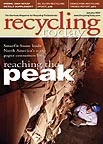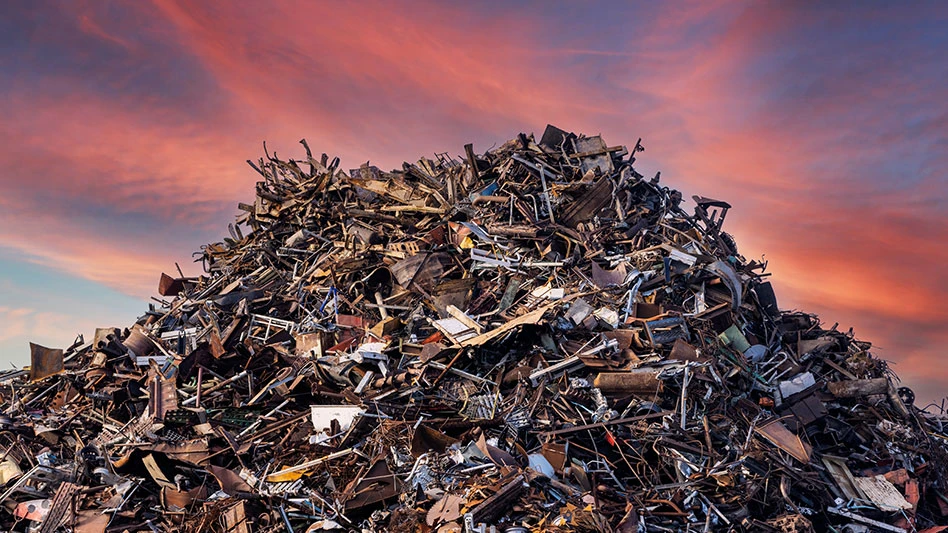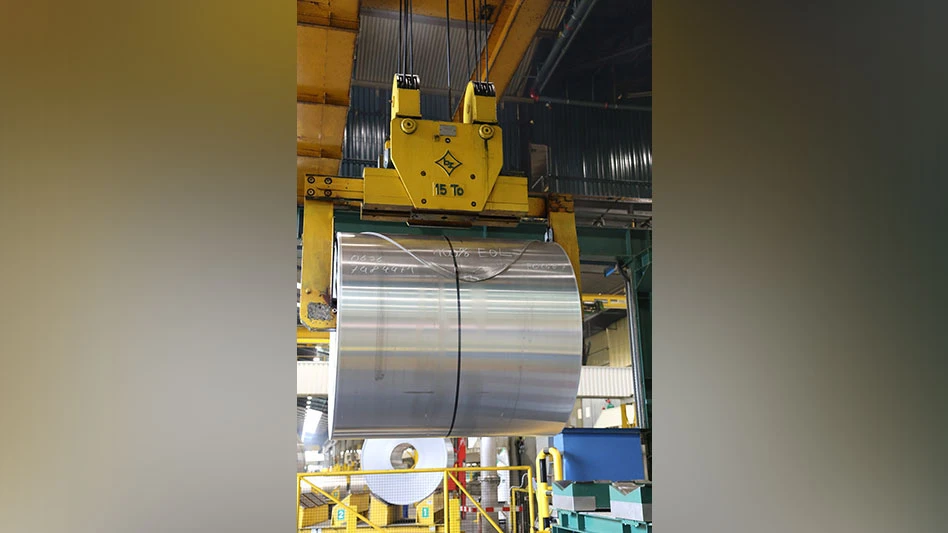CCA WOOD REMAINS HOT TOPIC
The fate of scrap wood treated with chromated copper arsenate (CCA) in Florida is being debated by the state’s Department of Environmental Protection (DEP). The agency is currently asking the recycling and solid waste industries to suggest best management practices to separate the CCA-laced material from the rest of the C&D stream.
A November meeting in Orlando between the DEP, academic researchers and representatives from the recycling and solid waste industries yielded the call for information.
The DEP’s intention is to develop the best management practices, evaluate alternatives for the identification of CCA wood and determine the options for and the issues of handling CCA wood after it is separated from the solid waste stream.
Because its semi-tropical climate requires significant pest control measures, Florida may have more CCA-treated wood than any other state. A study headed by Helena Solo-Gabriel of the University of Miami reports that currently about 5 million cubic feet of CCA wood is disposed of annually in the Sunshine State. Additionally, her study shows that between now and 2024 a steep rise in disposal is forecasted to occur, perhaps to as much as 30 million cubic feet annually.
DEP information shows that currently some of this material is making it into unlined landfills; some goes into lined landfills; and some makes it into C&D recycling centers. Unlined landfills can leach the CCA, the DEP says, while C&D recycling centers can contaminate products such as colored mulch and boiler fuel with CCA wood, though they strive to keep the material out of infeed stocks.
Attendees at the November meeting noted difficulty identifying CCA-treated wood. Especially if weathered, it looks remarkably similar to non-treated wood. Technology is available to detect CCA wood, but most or all have serious drawbacks, says William Turley, executive director of the Construction Materials Recycling Association (CMRA), Lisle, Ill.
For example, Turley notes, a chemical stain put on all the incoming wood can tell which is CCA tainted, but this is a labor-intensive process that does not sort material as it identifies it. Mechanical systems that detect and sort out CCA wood use X-rays or lasers to detect the contaminant and then rely on mechanical sorting to jettison the offending pieces. These systems show promise, says Turley, but require very cost-prohibitive capital investments. Neither method has proven itself yet in a high-production setting, he adds.
Get curated news on YOUR industry.
Enter your email to receive our newsletters.

Explore the January 2004 Issue
Check out more from this issue and find your next story to read.
Latest from Recycling Today
- Steel Dynamics cites favorable conditions in Q1
- Hydro starts up construction in Spain
- Green Cubes unveils forklift battery line
- Rebar association points to trade turmoil
- LumiCup offers single-use plastic alternative
- European project yields recycled-content ABS
- ICM to host colocated events in Shanghai
- Astera runs into NIMBY concerns in Colorado





